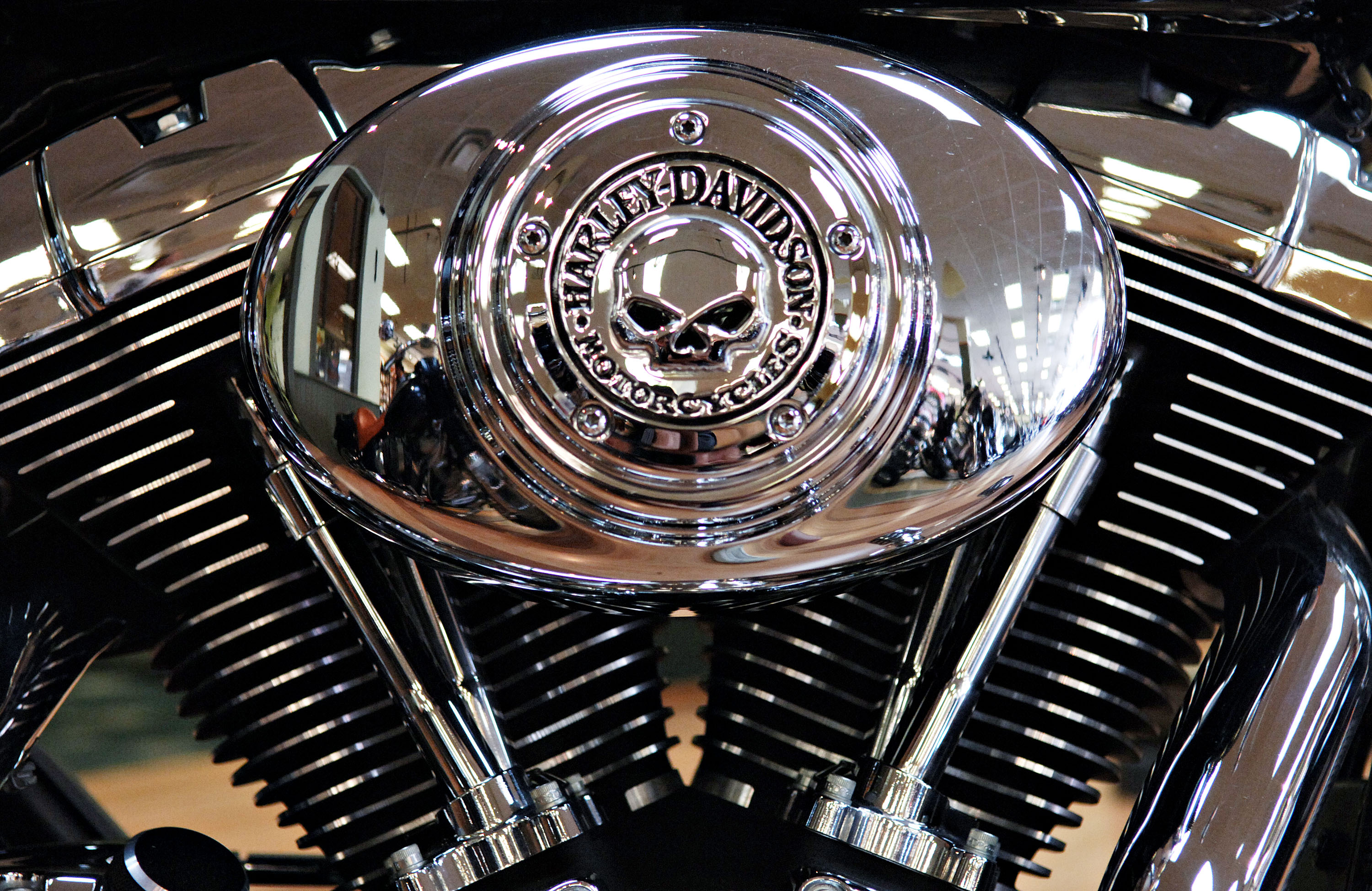Harley-Davidson Inc., which is facing steep discounts from Japanese competitors taking advantage of a weak yen, is stepping up as an unlikely supporter of the Trans-Pacific Partnership trade agreement.
The pact, agreed to this month, lacks enforceable currency manipulation terms and cuts tariffs on large bikes, opening Harley to more competitors in the U.S. heavyweight segment that it dominates. It would appear to be another hit to the battered motorcycle maker, yet the trade agreement's impact on the firm may not be all bad.
The TPP will lower barriers for Harley's bikes in some of the largest motorcycle markets in the world, Chief Executive Officer Matt Levatich said in an interview in New York. Harley plans to open as many as 200 stores in emerging markets by 2020, focusing on large cities like Kuala Lumpur, Saigon and Seoul.


















With your current subscription plan you can comment on stories. However, before writing your first comment, please create a display name in the Profile section of your subscriber account page.